Leonardo UK has been awarded a £12.5 million contract to supply three Identification Friend or Foe (IFF) systems for the Royal Navy’s Fleet Solid Support (FSS) ships, along with technical support and spares for both the FSS and Type 31 frigates.
A UK6 contract award notice, published on 7 August 2025, confirms the Ministry of Defence’s decision but makes clear the deal has not yet been signed. Under UK procurement rules, the publication of a UK6 notice starts a standstill period of at least eight working days before a contract can be finalised.
In this case, the standstill ends on 18 August, with 5 September listed as the earliest possible signing date.
The notice covers “procurement of three IFF systems for Fleet Solid Support (FSS) with technical support and spares for both Type 31 and FSS.” The award has been made via direct award to Leonardo UK Limited, with options for additional purchases and warranty extensions during the contract’s life.
Identification Friend or Foe is a vital capability in modern naval ops. It uses encrypted transponders and interrogators to allow ships and aircraft to identify allied or neutral forces and distinguish them from potential threats. IFF reduces the risk of fratricide, especially in complex maritime and littoral environments where multiple allied units may be operating in close proximity. Without reliable IFF, forces risk delays in engagement or accidental targeting of friendly assets.
The systems to be supplied will also need to integrate with other shipborne sensors and combat management systems, supporting secure, low-probability-of-intercept communications. In contested battlespace, such systems are critical for maintaining situational awareness and enabling rapid decision-making in line with rules of engagement.
The Type 31 frigate, also known as the Inspiration-class, is being built by Babcock at Rosyth, with the first of five ships, HMS Venturer, expected to enter service later this decade. Designed as a general-purpose frigate, the Type 31 will carry a flexible mix of sensors and weapons for tasks ranging from maritime security and counter-piracy to escort duties and participation in high-intensity operations.
Fleet Solid Support ships, meanwhile, are being built to resupply the Royal Navy’s carrier strike groups and other deployed forces with ammunition, food, spare parts, and other stores while underway. Constructed by Team Resolute, led by Navantia UK, these vessels will be a key part of sustaining operations worldwide.


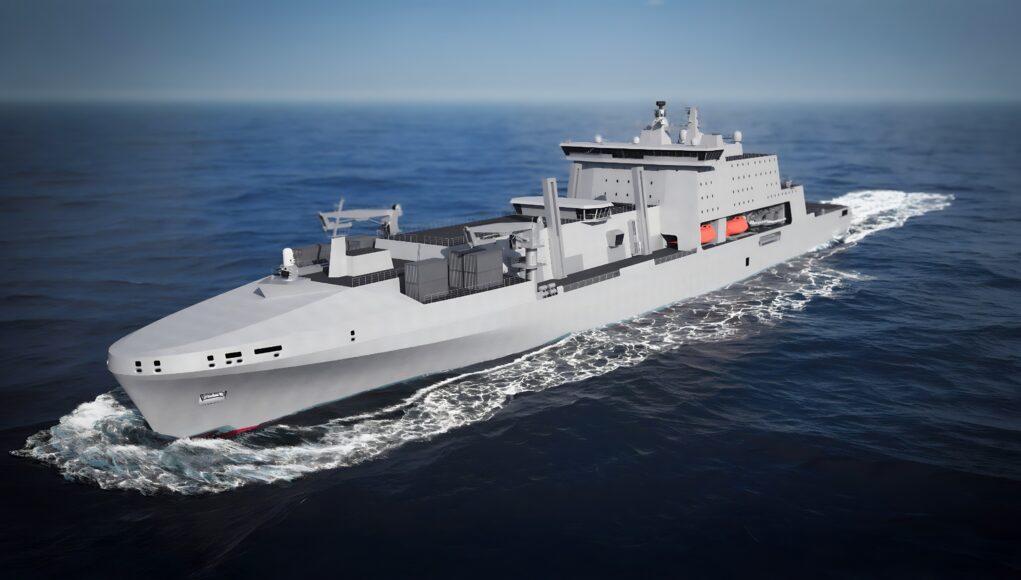

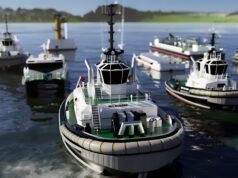
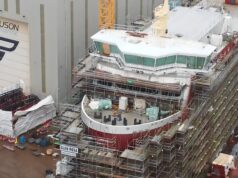

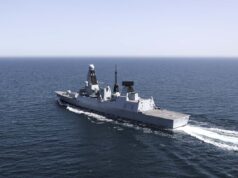

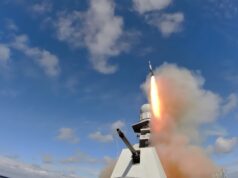
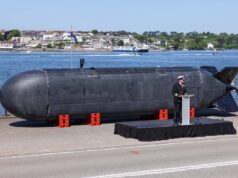
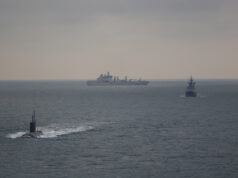
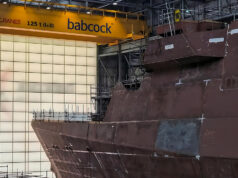

It’s the daft thing about UK procurement. By the time the FSS are finished we will have four massive Tide class and three massive FSS ships all state of the art and given the small size of the rest of the fleet the RFA will be better equipped than ever. It’s just the ten year gap that’s the issue. Every program from AEW to carrier strike is the same now. If we could just shore up the current gaps then things would not be that bad.
Shore up current gaps? I suspect we have just got to grit our teeth until the new frigates are in service. I was intrigued to read of the HVLAS and refuelling enhancements recently tested on HMS Trent. In a spirit of making the best of what you’ve got, I wonder if the navy are planning more routine deployment of Wildcat on the batch 2 Rivers.
That’s purely to operate with the USCG helicopters in the Caribbean as she is heading over there to participate in counter narcotics operations. Previously, other B2 Rivers have been immensely successful out there due to the radar fit and command center onboard.
Interesting. Thanks.
Have there RN ever looked at a deployable hangar structure on the B2 Rivers? A smaller version of what’s on one of the Bays. Basically a big tin shed for at least a Wildcat? Put it on when needed? Maybe not enough room. Others here have mentioned telescopic hangars before, what about inflatable or fordable structures. Might need to move the crane to one side.
One of the options for R2 enhancement explored in the Navy lookout article showed a telescopic hangar – but the crane was removed. This would have made the R2 similar in layout to most other OPVs. I suspect the RN have decided to forget enhancing the R2s and focus on T31. The crane could come in handy for unloading disaster supplies to remote locations and launching UUVs so I think its a conscious decision to retain it.
I think its worth looking at what you say a car type cover with inflatable supports. In a warm climate that’s probably sufficient and adds virtually no topweight.
But now it’s the amphibs with a gap looming. By the time we finish those it will be the AAW destroyers.
Interesting to see the ancillary contracts for this programme starting to surface. Does anyone have a handle on when we might start to see metal being cut and blocks being assembled? I appreciate it is a rather leisurely contract but it would be good to see some tangible progress.
The MOD is recruiting for 3 posts to be based with Navantia is Cadiz. “Advertised on the UK government’s civil service jobs website, the UK MoD is seeking three positions: a Constructive Engineering Lead, a Naval Architecture Lead, and a Marine Engineering Oversight Lead. “ source Naval Technology.
Would like to see them with at least defensive weapons. That an possibly some kind of light offence.
Above picture is showing Phalanx and 30mm so that’s sonething. I’d like to see the Ancilia decoy launcher developed into a hybrid decoy/Martlet launcher, something the French Safran company has already done i think with its Mistral.
The published design images show just a single spot flight deck and a hangar for 2 Merlins + UAVs. These are big ships. Accommodation for RM for littoral raiding perhaps?
Do we never learn or lessons!!! Leonardo comms and IFF equipment is expensive and badly built with poor OEM support. Another disaster on the way!!!!!